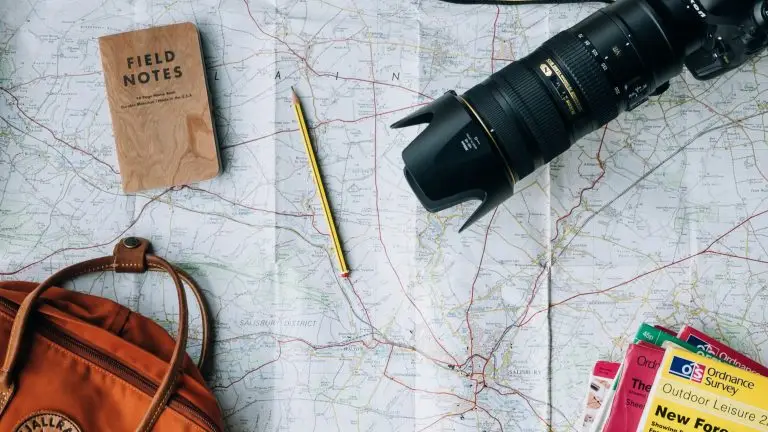
The Best Kenyan Music | A Top 15
I recently interviewed Udulele, a Kenyan singer and producer, who’s behind the genre he calls Soulful Benga. In our conversation, he spoke about how Soulful
Sara always thought Fado was for older people. She didn’t know why, but it felt like the type of music your grandparents would play, not the youth. When she turned 15, Sara and her brother got an mp3 player. Her brother was in charge of the music and, alongside Beyonce and Rihanna, added some Amalia Rodrigues songs.
It quickly turned out that Amalia’s music affected Sara differently than the more popular pop songs. She felt entranced by the music and started singing along. One day, her brother Tiago heard her sing and said she had a beautiful voice. Knowing how siblings can be, Sara thought he was teasing her. He denied it and proceeded to tell her grandparents about her newly discovered talent.
Her grandparents received the news just as enthusiastically. Sara’s great grandmother also sang Fado – something Sara didn’t know – so when her grandma learned of Sara’s singing abilities, she was delighted.
In the 1930s, when Paixao’s great-grandma was alive, Fado singers earned little respect. People associated the music genre with a bohemian lifestyle, poverty, and prostitution. The latter, because many Fado houses had performances downstairs and bedrooms upstairs. Because of this reputation, Sara’s great-grandmother only performed at home. For Sara, there were more opportunities out there.
Although Sara started performing for her grandparents, she signed up for a Fado competition only a few months later. The only issue was that Sara turned 16, and the admittance age was 20. Not willing to give up immediately, Sara talked to the organization. They eventually allowed her to participate under one condition: she couldn’t compete.
However, there weren’t enough singers on the day of the event. The organization, therefore, decided to give Sara an official spot in the competition. Sara took full advantage of this opportunity and made it to the finals with Amaliá’s song Maria Lisboa, despite her lack of experience.
This initial win was where it all started.
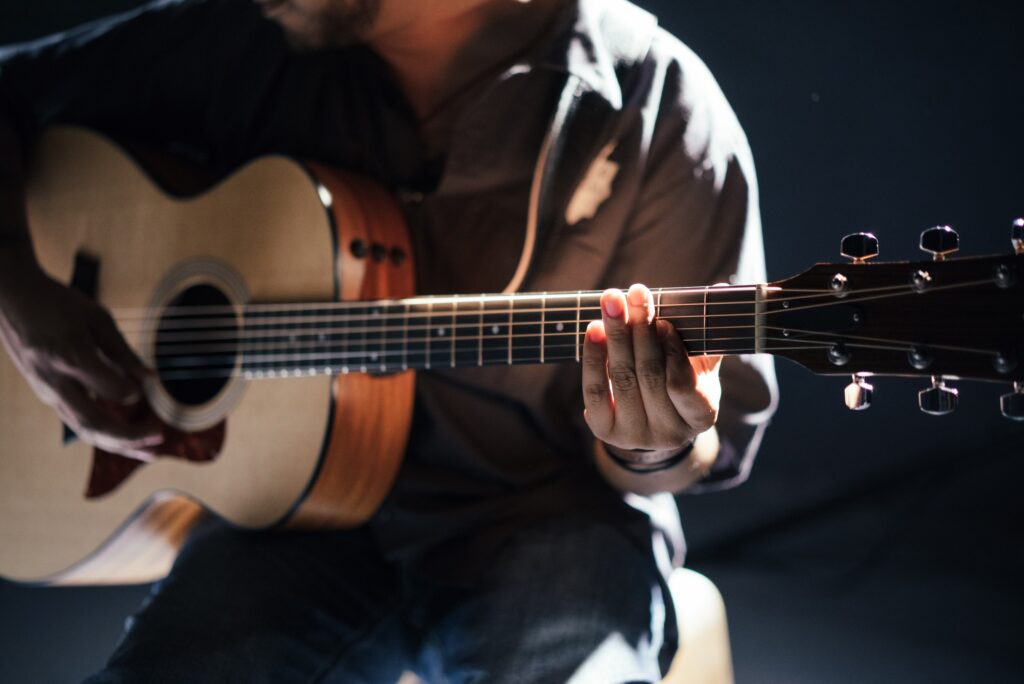
“How would you describe Fado to someone who has never heard of it,” was one of the first things I asked Sara. Instead of explaining the theory, she gave me an example.
Often, tourists would come up to her and say: “I didn’t understand anything you sang, but it made me cry.” That’s Fado!
She continued explaining that many people think Fado is sad and nostalgic, which isn’t the case. Fado is about life, and life can be painful or happy. Whether it’s full of love or nostalgia, Fado encompasses both.
Legend says Fado started in the 15th century with the oceanic explorers. Sailors went away from their homes for months or years and often never returned. During these trips, they sang nostalgic songs about their homes, love, and “Saudade” (nostalgia or a painful yearning for the past).
As is always the case with legends, no one knows how true they are, so let’s go to the official history.
Fado stems from the late 1900s. It’s an urban song from Lisbon’s port neighborhoods such as Alfama, Mouraria, and Bairro Alto. Times were very different back then, and these neighborhoods were seen as violent, poor, and obscene. Drunkards carrying knives would sing songs about their lives in the brothels and tavernas. It’s thus unsurprising that these Fado songs were about daily life —the hardships and disputes or arguments between lovers.
Later, wealthier families also started performing Fado. Maria Teresa de Noronha was one of the first in this category. Instead of singing about the bohemian lifestyle in the Portuguese port districts, she sang about love, heartbreak, nature, and bullfights. Another famous Fado singer from that time (the early 1900s) was Herminia Silva.
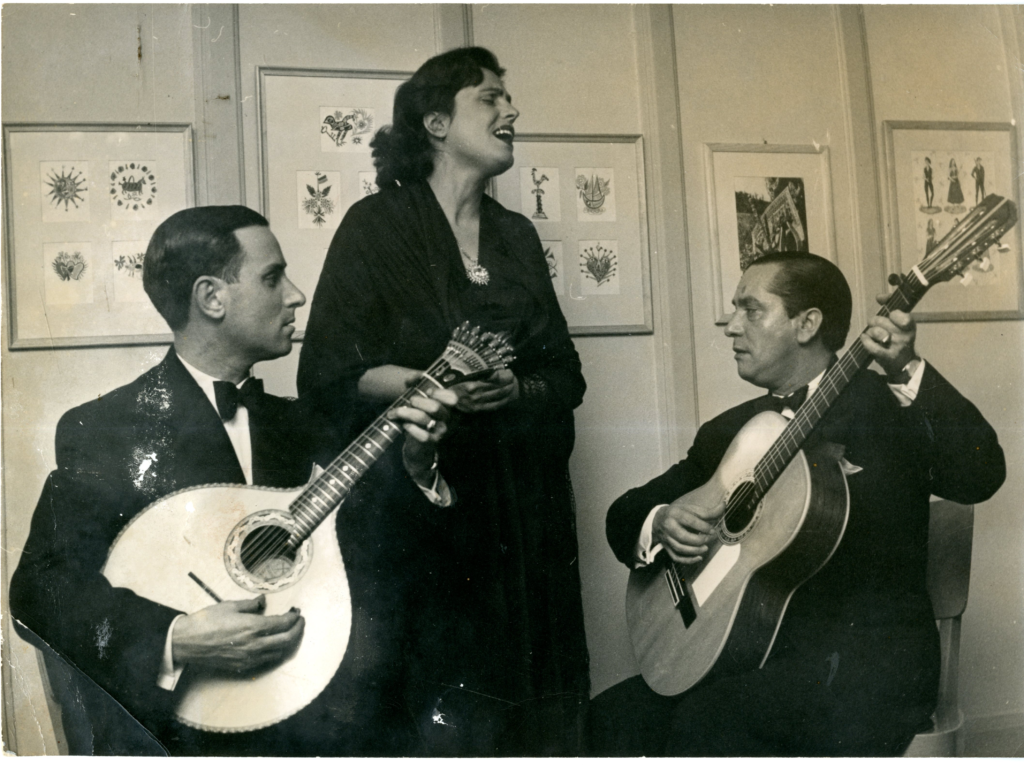
In 1939, Amalia Rodrigues entered the stage, and Fado started to change. Amalia is arguably the most well-known Fado singer and the first one to have international success. She was well-studied and altered the music by adding different and more complicated lyrics.
Then Fado almost died.
In 1974, when the dictatorship ended, the communist party said Fado belonged to the regime. The reigning party falsely accused Amalia of being an undercover agent for the previous government, and Fado was essentially banned.
But the music genre was somehow saved when UNESCO recognized Fado as a UN heritage in 2011. This recognition was excellent news, and Fado rapidly increased in popularity. Of course, there’s always a shadow side. Due to the expanding audience, Fado started to be exploited and transformed into a tourist trap.
Luckily, there’s a way to avoid these. However, before we go there, let’s first travel to the South of Portugal.
It’s 2008, and Sara moves in with her other grandma in Loulé, southern Portugal. She’s still pursuing her dream to become a Fado singer and started looking for new opportunities. Her grandma luckily knew one of the local Fado singers and introduced the two.
The singer invited Sara to a Fado night (Noite de Fado), the local name for Fado concerts. They met backstage, and he directly put her on the spot by asking her to sing something. He seemed to like what he heard and told Sara to perform that night. After that day, he invited her to every Fado night in the Algarve.
Although Sara did not win all the performances, it was a great way to meet new artists.

After two years in Loulé, Sara returns to Lisbon to study dental hygiene. It wasn’t easy starting from scratch after becoming a minor celebrity in Algarve, but luckily she quickly found a new lead.
A friend’s father owned a hotel and sought someone to sing Fado. Paixao took the gig, which led to more work in other hotels and restaurants. But her dream was bigger than that.
Sara wanted a job at one of Lisbon’s Fado Houses. Fado Houses are fancy restaurants, often owned by Fado singers serving fantastic meals in combination with the best Fado performances available. As you can imagine, getting a job in these houses is difficult. It was even more challenging because Sara had set her heart on two of the most famous Houses: Sr. Vinho (founded by Maria da Fé) and Clube de Fado (founded by Mário Pacheco).
If you’re planning to visit Lisbon as a tourist, and want to get the authentic Fado experience, make sure to visit one of these houses. It’s not cheap, but you’ll have a night worth remembering.
Let’s fast forward to 2015. Sara receives a call from her Spanish friend, Javier, inviting her to a night out at Sr. Vinho.
Sara was supposed to be just another spectator, but this changed when the owner, Maria da Fé, walked in with another famous fadista, Joao Braga. Sara knew many Fado singers, including Braga, but most didn’t consider her a professional. She was simply a girl that sang Fado songs.
This night, however, she got a chance to prove herself. Braga greeted Paixao and introduced her to Maria da Fé. Da Fé was curious about her talents and asked Paixao to sing something.
After a few songs, Maria was convinced and hired Sara as a substitute singer. She did this for two years until she became an official member of Sr. Vinho in 2017.
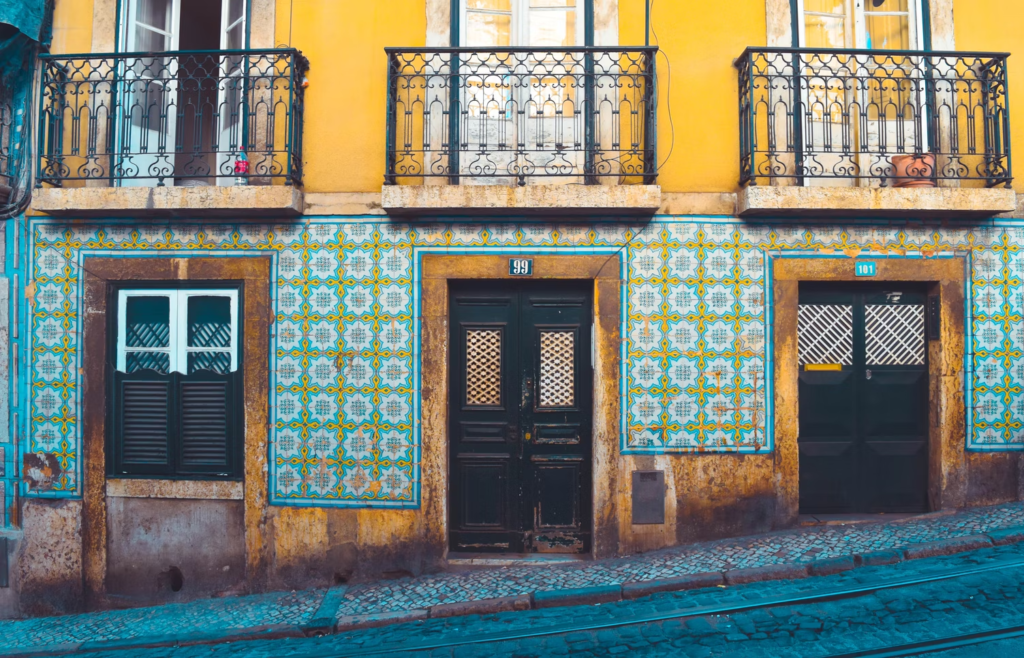
Then the pandemic hit, and everything stopped. There was no income for restaurants, so most people, including Sara, were laid off.
She couldn’t sit still and started singing as a freelancer. She performed in places she liked, including houses such as the famous Clube de Fado, but was no longer part of one.
When you’re committed to your dream, opportunities will continue to arise. And so it did, in a fashion now typical for Paixao: meeting a famous artist who wanted to hear her sing.
One night, as Sara is performing in Sr. Vinho, famous Angolan musician Mattias Damásio walks in. He likes Sara’s performance and asks for her contact details.
Mattias’s songs have millions of views on Spotify, but instead of focusing solely on his success, he wants to invest in other artists. That night, he decided Sara Paixao would be one of them.
Mattias proceeded to write a song for Paixao, but before letting her listen, he asked an important question: “Would you be open to doing non-Fado songs?” Sara responded that she was willing to sing anything as long as she felt the song. “If you don’t feel the music, you won’t be able to convince anyone with it.”
The result is her single Caminhar Só (Walk Alone), a beautiful ballad about self-love. Although it’s not a typical Fado song, it fits the emotional Fado definition: “I didn’t understand all the lyrics, but I cried.” There’s so much emotion in the song that it’s difficult not to be touched by it.
Paixao is already working on another single. With it, she focuses on developing her style. She does not want to change Fado but would like to enrich it with personal elements. This way, she hopes to transform the genre into a more international language so it reaches a broader audience.
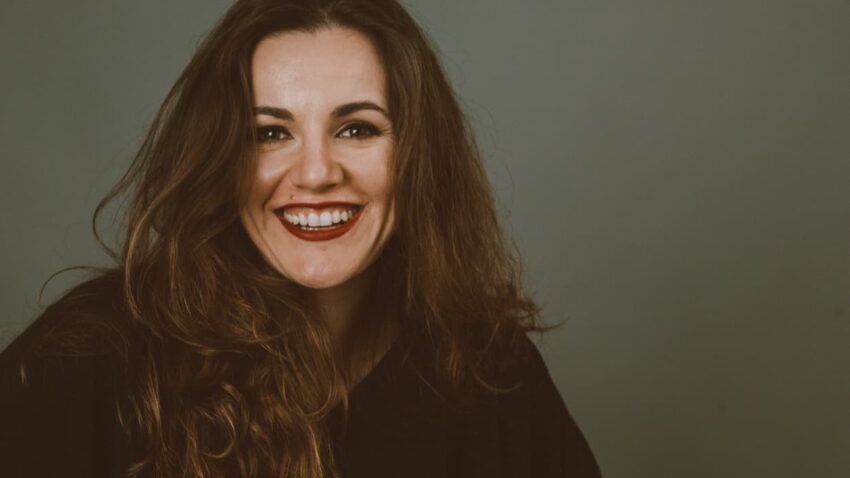
I asked Sara what it takes to become an artist. Paixao’s career seems to be an accumulation of famous artists putting her on the spot. How did she perform under this pressure, and what advice does she have for aspiring artists?
Her advice is threefold: push through fear, belief in yourself, and have patience.
Don’t let fear hold you back. Although Sara was nervous for every concert, it never limited her performance. She strongly believes in breaking through fears: “It’s better to experiment and know than to be passive and always wonder what could have been. That doesn’t mean you don’t feel nervous for every performance.”
You have to believe in yourself. Sara usually doesn’t share her dreams with others. The reason is that most would tell her to stop dreaming and get a regular job. But even constructive feedback can be challenging. Her advice is to listen but decide what to use. You don’t want to end up being a copy of someone else.
Have patience. The music industry is not the Garden of Eve; it takes much more than just singing. You must realize that your success largely depends on others and that they’re not always available to you. The more renowned they are, the more likely you have to wait.
So, do you need luck or hard work? According to Sara, you need both.
Sara: “Sometimes I feel I’m unlucky. Then I stop for a minute and realize how many people have helped me. It makes me realize that I’ve been fortunate. Never forget to combine your luck with hard work, though.”
Sara’s dream is to have a professional career where she can fully live off her music salary and, more importantly, leave something behind. Her ultimate dream is that her music lives on after she dies.

It isn’t every day that you get to chat with a Fado singer, so I couldn’t let the opportunity to ask for music recommendations slip. Here are some of the artists that have inspired Paixao.
I created a playlist with 2-3 songs per artist to make your lives easier. If you enjoyed the Bossa Nova songs, check out my blog post featuring the best Brazilian musicians.
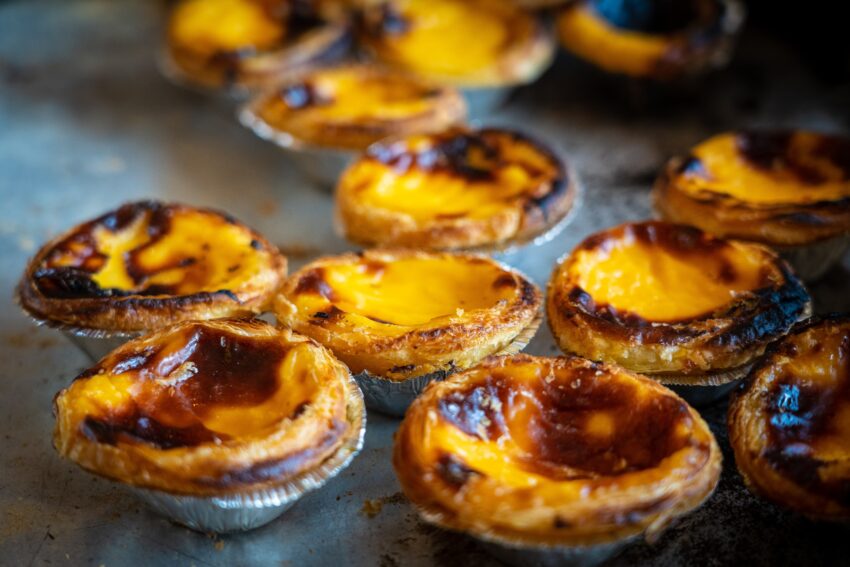
Portugal has much more to offer than just Fado music. The essential element is probably the food. Spanish and Italian food is more well-known, but Portuguese food is likely much more varied. Things you should try are the bacalao (codfish), Lasorda (a dish made from old bread, garlic, and coriander, the different meats (rabbit, cow, and pork), and the conventual monastery sweets.
Besides the food, the landscapes are beautiful, and due to its long history (Portugal is 900 years old), the country is full of castles and palaces.
If you love reading, check out the authors Eça de Queiroz, Fernando Pasoa, and Jose Saramago.
Do you want global book, music, and movie recommendations straight to your inbox?
Sign up for the newsletter below!

I recently interviewed Udulele, a Kenyan singer and producer, who’s behind the genre he calls Soulful Benga. In our conversation, he spoke about how Soulful
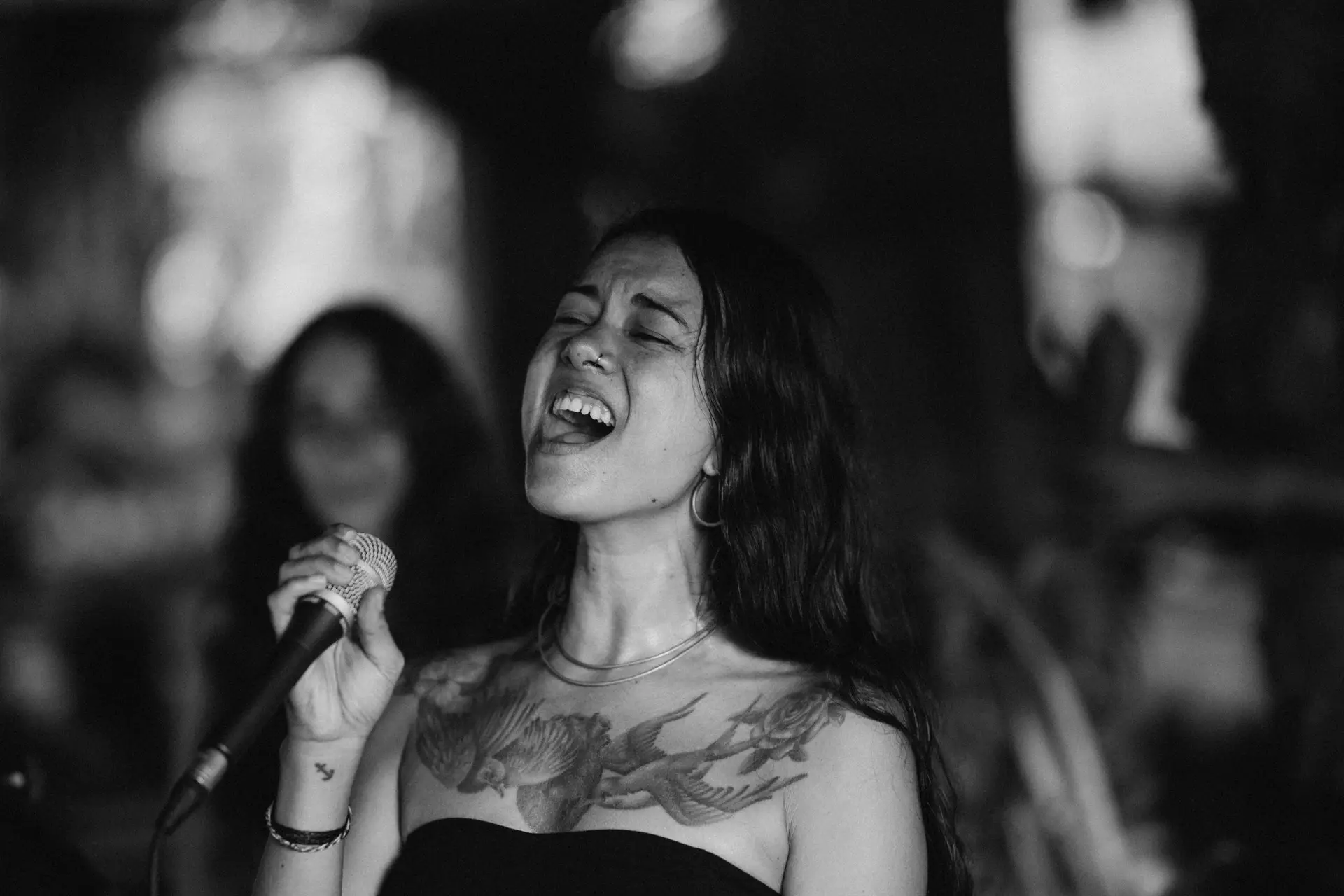
Some countries are small, and we often overlook them on the global map, but they punch above their weight when it comes to talent. Think

South Africa is a country with a history of struggle and resilience. It is also a country full of celebrations. And, there’s no better way
